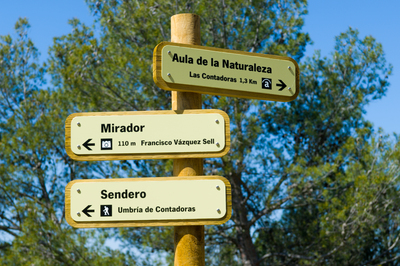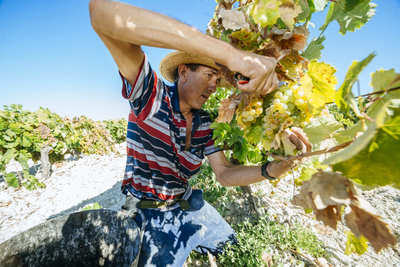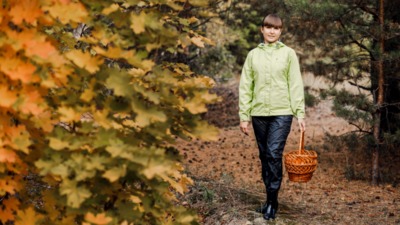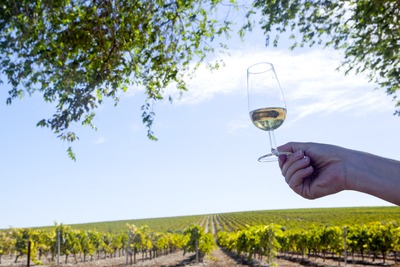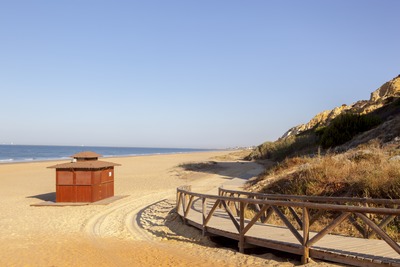Follow in the footsteps of Gerald Brenan around the Alpujarra
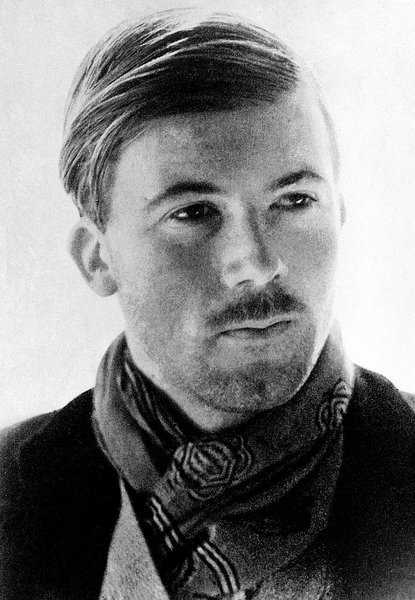
"South from Granada" depicts his land and the simplicity of its people who inspired his stories
Gerald Brenan (Sliema, Malta, 1894 - Alhaurín el Grande, Malaga, 1987)
In love with the South
English writer and Hispanist. In Granada's Alpujarra he found the peace and quiet he sought at the end of World War I. In the small village of Yegen he made himself at home, he fell in love, he wrote and he identified with a way of living in the mountains studded with villages. "This was my land," he wrote in one of his famous books, South from Granada. With the gaze of Brenan different facets of the Alpujarra region were discovered and he showed these to his many British and American friends who were fellow writers. His home in Yegen is a place of pilgrimage. Gerald Brenan described daily life in these settlements during the second half of the 20th century with a tale laced with poetry and beauty. He was the adopted son of Ugíjar, a town located in the heart of the Alpujarra region. He also lived in Mecina Fondales (Granada) and in Churriana and Alhaurín el Grande (Malaga). Discovering the Alpujarra region following the stories of Brenan is a priceless experience. The British Hispanist wrote another book with a highly personal view of the Spanish Civil War, The Spanish Labyrinth.

Yegen, the value of simplicity
Gerald Brenan travelled the Alpujarra region on foot or by donkey until he found in Yegen his home. A simple village, one of poorest among the 80 that dot the Alpujarra region, he said. He added: "a poor but beautiful village in its primitive form." It was between 1920 and 1934 when he roamed the Alpujarra region in the provinces of Granada and Almeria. He was fascinated by the simplicity of its people, their language, the customs and the affectionate rituals. He himself found love in Yegen and he lived with his maid, María, who he would pay one peseta per day plus food. In Yegen the house where he lived still stands and is positioned at the beginning of the trails Brenan would travel when he would lose himself in almost forgotten villages rich in traditions. Life for Alpujarra locals was serene and simple, and Brenan discovered the traces of the Moorish civilisation in the popular architecture of its towns with tinaos, in the farming landscape with terraced hillsides and in the rugged landscapes of the mountains.

Moorish heritage
Gerald Brenan was powerfully drawn to the heritage of Al-Andalus, which was evident in all the Alpujarra's villages, and in their customs and traditions. To reach Yegen from Órgiva, the head of the Alpujarra region, he crossed the Poqueira Ravine, first in a spluttering bus and then by mule, passing between fig, olive and almond trees. On the left, perched on the spurs of Sierra Nevada Nature Reserve, which is one of the largest in Spain, there are three villages that sit like white terraces: Pampaneira, Capileira and Bubión. Gerald Brenan was amazed at how the houses were stacked in a disturbing balance; whitewashed and with flat, slate roofs, spiking chimneys issuing "a blue smoke that smelled of broom, thyme and lavender," wrote Brenan. After Mecina Bombarón he crossed Los Bérchules Ravine before reaching Juviles, Válor and Trevélez, the highest village in Europe with its houses scattered on the hillside. It is worth a visit to taste its ham and to enjoy hikes up to the Mulhacén.
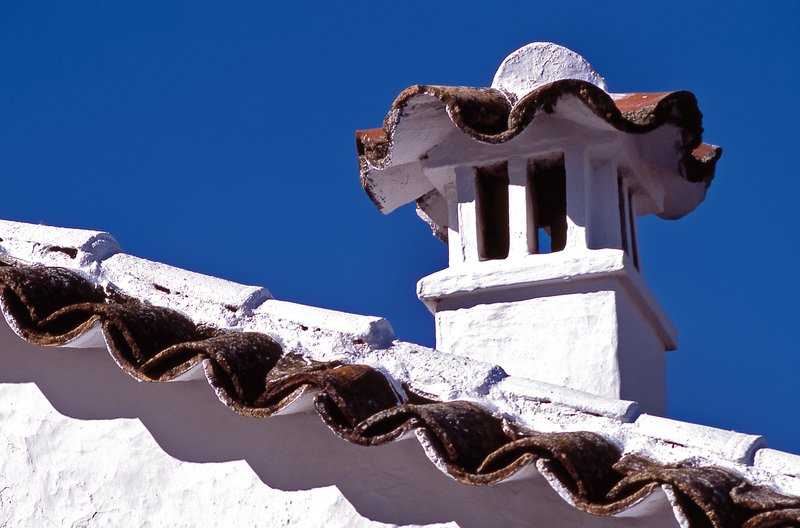
La Taha de Mecina
Moorish memories are given life in the towns that comprise La Tahá through Pitres, the leader in the region, and Mecina Fondales, where Gerald Brenan lived for a spell. La Tahá is fertilised by the Trevélez, Guadalfeo and Poqueira rivers and two days are required to travel around the towns that comprise it: Pitres, Mecina Fondales, Ferreirola, Capileirilla, Atalbéitar, Fondales and Mecinilla. They are all found at over 1,200 metres altitude, with the snows nurturing springs, reservoirs and streams.
A visit to ham drying rooms (Pórtugos, Pitres, Trevélez and others) is almost obligatory so you can taste a good haunch with a wine from the Alpujarra. This was a recommendation from Brenan to his English writer friends when they visited him. So was a stop on the way to drink mineral spring waters from the Fuente Agria de Pórtugos.
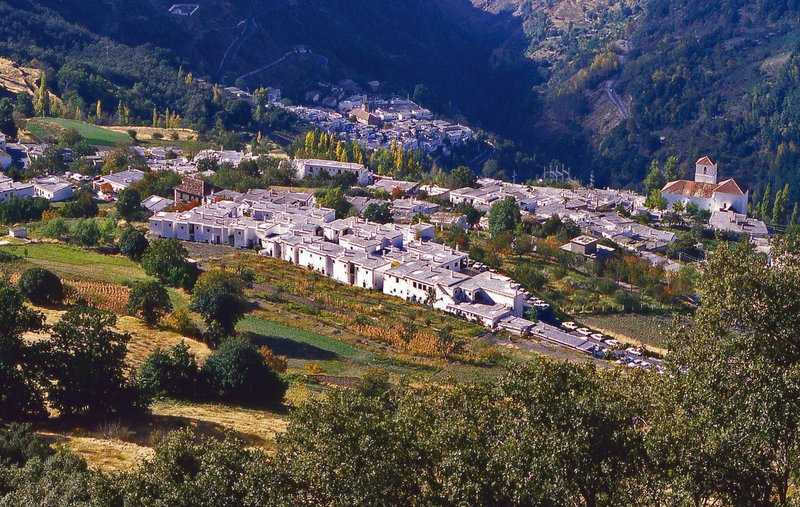
The Moorish uprising
Near Yegen is the village of Válor, on the route Gerald Brenan used to take as the trails were more suitable for donkeys and mules, with goats among the cliffs. In Válor, the house where Abén Humeya, the last Moorish leader and who led the Moorish uprising in these remote lands, was born still stands today. Brenan did note this down, but every year in Válor the Moorish and Christian Celebrations, which are the most spectacular in Andalusia, are held. From Válor, heading to Ugíjar, the route descends to Láujar de Andarax in Almeria's section of the Alpujarra where the Moorish leader was killed. Láujar was once the residence of the last Nasrid King, Boabdil. It is a village that pays tribute to water with the sixteen fountains distributed throughout it. Other attractions are its beautiful Mudéjar church; the Town Hall, built with baked bricks and rounded off with a metal bell wall; and its stately homes of Moorish origins. Like the entire Alpujarra region, the star of its cuisine is home-made food, with hare stews and the rosé wines that conquered the Brenan's palate.
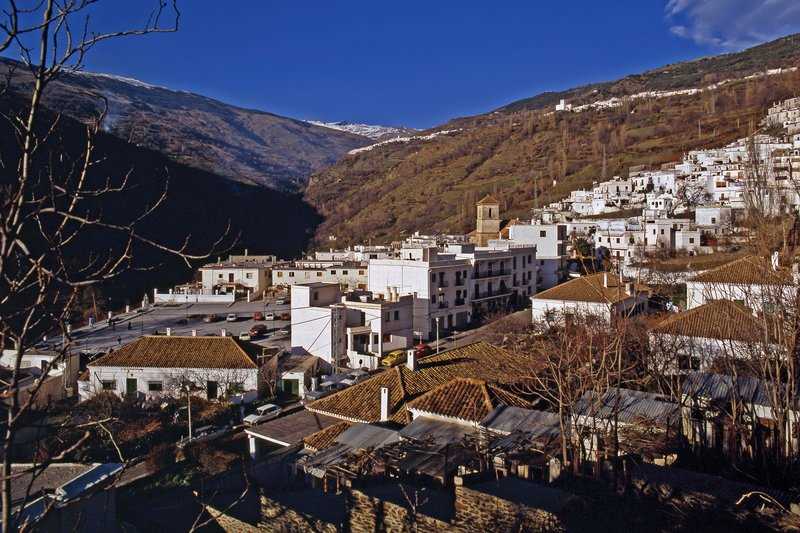
Getaways to the Mediterranean
"Our closest village was Ugíjar," wrote Brenan. It was an area of dry land but it had small vegetable gardens. The English Hispanist felt drawn by the Cattle Fair and the procession of the Virgen de Los Martirios. For Brenan, Ugíjar was a small, clean and beautiful place surrounded by orange trees. This town made him its "adopted son". Sometimes Gerald Brenan, full of solitude and the harshness of the upper Alpujarra, would head down to Almeria on his famous getaways to brothels. They were late but comforting escapes, and he used to look for new villages to feed his memory for what would go on to be his book on the Alpujarra, like Berja, Fondón, Alcolea and Puerto de la Ragua, which was a traditional route linking the Alpujarra and the Marquesado del Zenete.
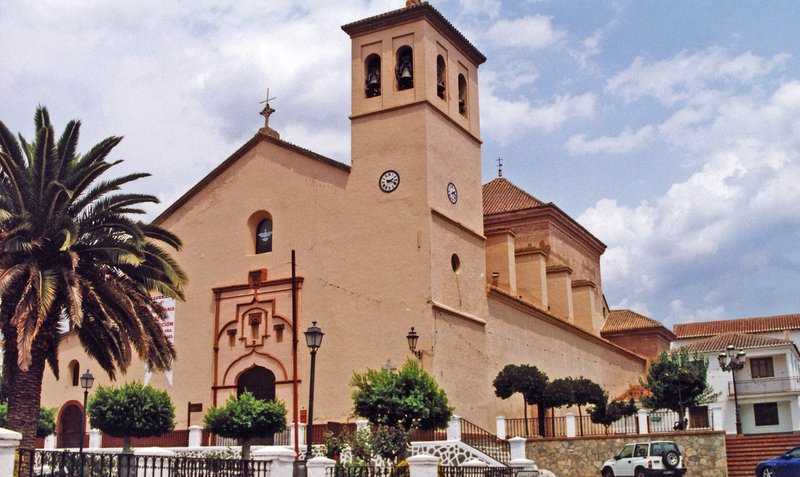
Sierra Nevada
Sierra Nevada Natural Space, which is comprised of the national and natural parks of the same name, makes an impression with its extensive mountainous massif with a compact relief and for having the highest peak on the Iberian Peninsula, the Mulhacén, which reaches an altitude of 3,479 metres. Forming a part of the Penibaetic System, it stretches from southeast of Granada to the far west of Almeria. Due to its extremely varied landscape and as it boasts some exclusive natural values, it has received various protection titles. In addition to being a Natural Park and National Park, it is internationally recognised as a Biosphere Reserve.
In the mountains, like the Veleta or the Tajo de los Machos, in the shelter of crags and between natural rocky cavernes, you can identify exclusive species such as viola crassiuscula and edelweiss. At this altitude there are also beautiful glacial valleys, such as Siete Lagunas.
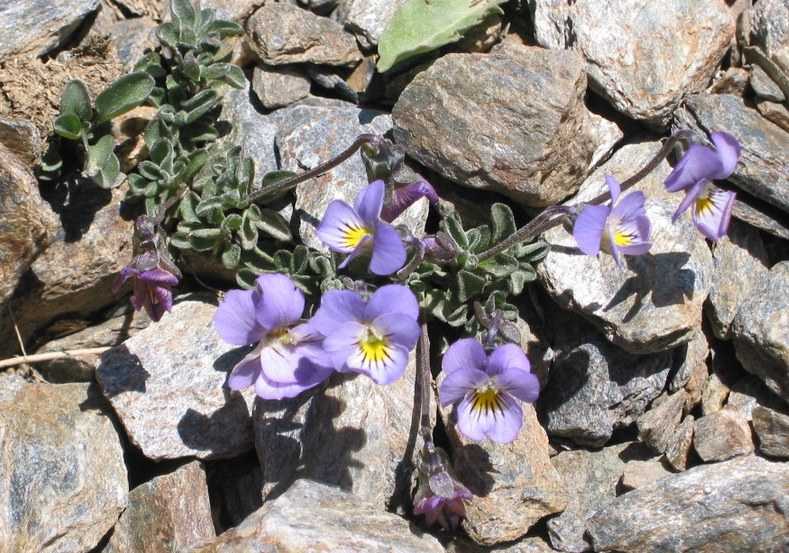
Its plant and climatic variety leads to a great wealth of fauna. The majestic golden eagle can take to these skies at any time.
Sheltered by forest mass and the dense scrubland, a large community of mammals lives here, with species including the wild boar, fox, badger and genet. Of course, among these is the Spanish ibex, which is widespread on these hillsides. They can be seen from the valley of the Dílar River and Poqueira Ravine, climbing the slopes and crags.


